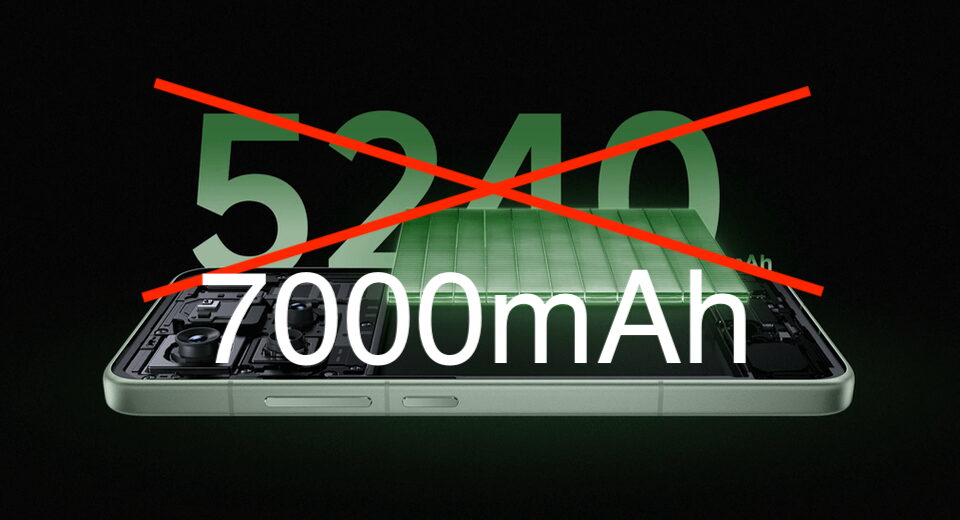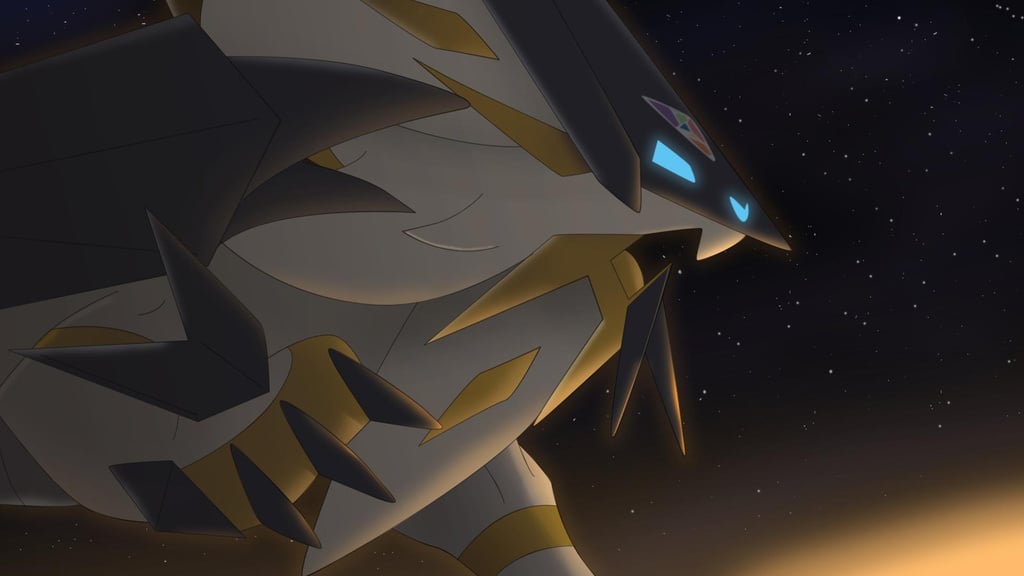A maths proof that is only true in Japan

A baffling proof of the ABC conjecture set off a bitter divide among mathematicians AndreasG/Shutterstock
As a science journalist, there are some stories that you return to again and again. There is climate change, of course – the biggest story of our time. Then there are the big questions, such as “what is consciousness?” or “are we alone in the universe?”, and so on. But one of the stories I simply cannot let go of is a mathematical argument that has been raging for over a decade. I call it “the proof that is only true in Japan”.
Let me start at the beginning. In 2012, mathematician Shinichi Mochizuki at Kyoto University, Japan, published an extraordinary set of papers, across 500 pages, detailing what he called inter-universal Teichmüller (IUT) theory. This was a framework for stretching and deforming our ordinary concepts of mathematical objects, like numbers and their relationships through multiplication and addition, transferring them to new mathematical “universes” where they can be poked and prodded to yield new insights. “He is literally taking apart conventional objects in terrible ways and reconstructing them in new universes,” one mathematician told me at the time.
That’s pretty cool-sounding, but what made this a particularly big deal was that Mochizuki was claiming to have used IUT to solve the abc conjecture, a deep problem in number theory that is now 40 years old. Unlike IUT, the statement of the conjecture is relatively easy to understand, as it simply starts with the equation a + b = c, where each letter stands for a whole number, or integer.
You also need to know that every integer can be divided into its prime factors, the prime numbers that serve as the building blocks for all numbers. For example, the prime factors of 21 are 3 and 7, while for 12 they are 2, 2 and 3. For 12, 2 appears twice in the list of prime factors, so we can also talk about distinct prime factors, meaning we only list each number once.
What the abc conjecture proposes is that if you multiply the distinct prime factors of a, b and c together, the result is usually larger than c. For example, if we have 12 + 21 = 33. Our distinct prime factors are 2, 3, 7 and 11 (remember, we remove any that repeat), and their product is 462, which is larger than 33. Another way to think about this is that the interplay of addition and multiplication places restrictions on how numbers can be composed.
Receive a weekly dose of discovery in your inbox. Sign up to newsletter
Besides telling us something deep about the nature of numbers, proving the abc conjecture would, in turn, unlock a whole host of other mathematical results that rely on it – not least a fairly simple proof of the infamously tricky Fermat’s Last Theorem – so Mochizuki’s claim seemed to be a big deal. There was just one problem: no one could understand it. At the time of publication in 2012, mathematicians compared Mochizuki’s work to a paper from “outer space”, so alien was his approach.
It isn’t unusual for mathematicians to take a while to process and fully understand a big proof, but what happened next is perhaps unlike anything else in the history of mathematics. A few years after Mochizuki’s initial post on his website, his epic proof had yet to be accepted for formal publication in a journal. At the end of 2014, he posted an update, criticising other mathematicians for not fully engaging with his work, pointing out that researchers who had taken the time to study under him at Kyoto University for many months were able to understand it.
This impasse continued for many years, with conferences devoted to understanding IUT and even the publication of a 300-page “summary” of the work. By 2017, it was said that maybe a dozen people actually understood Mochizuki’s work – all of them having submitted to his intense tutelage. But Mochizuki’s refusal to leave Japan to attend international conferences or engage with the wider world – he has never responded to a request for interview by New Scientist, for example – meant that most mathematicians simply didn’t want to devote the time to learning a theory that might not pay off.
But then, two German mathematicians seemed to bring a resolution to this saga. Enter Peter Scholze at the University of Bonn and Jakob Stix at Goethe University Frankfurt, two heavyweights in the field. They spent a week working with Mochizuki in Tokyo in March 2018, and in September announced they had found a fatal flaw in his proof.
The error concerned a part of the proof called Conjecture 3.12, seen as a vital part of Mochizuki’s efforts to solve the abc conjecture, which Scholze and Stix claimed suffered from an unjustified leap of logic. “We came to the conclusion that there is no proof,” wrote the pair, who didn’t respond to a request to comment for this article.
But in an extraordinary twist, Mochizuki and his acolytes refused to accept the suggestion of any error. In 2020, the IUT papers were accepted for publication in the peer-reviewed journal Publications of the Research Institute for Mathematical Sciences. While this is a well-respected journal, detractors pointed out the potential for conflict of interest given Mochizuki was (and is) its editor-in-chief, though it is said he played no role in the decision to publish. The papers appeared in a 2021 issue of the journal.
So, there we have it: a proof that the vast majority of mathematicians believe to be flawed, but that a small handful of devotees in Japan insist is true. Since the formal publication, Mochizuki’s supporters have set up the Inter-Universal Geometry Center to promote IUT and even launched a $1 million prize for anyone who can demonstrate that it is false – something Scholze and Stix have seemingly already done. Another prize is also awarded annually to people who have made important progress in studying IUT – the first such prize, with an award of $100,000, went to Mochizuki and his colleagues.
The outcome is certainly bizarre, and yet the story doesn’t end there because another challenger has entered the arena. In recent years, Kirti Joshi at the University of Arizona has repeatedly published work claiming that both Mochizuki and Scholze/Stix are wrong, but that he has a solution to resolve the crisis. He claims to have fixed the error found in Conjecture 3.12, but Scholze disagrees. Meanwhile, Mochizuki’s response has been incredibly hostile, refusing to engage directly with Joshi’s queries and instead posting a criticism calling Joshi’s work “profoundly ignorant” and lacking “any meaningful mathematical content whatsoever”.
In May, Joshi published a paper entitled Final Report on the Mochizuki-Scholze-Stix Controversy that appears to attempt to draw a line under proceedings. “I have examined the claims of [Mochizuki, Scholze and Stix] in meticulous detail, and provided… a canonical formulation of the theory without which Mochizuki’s work stands incomplete,” he writes. Joshi declined a request for comment.
Will we ever have a satisfactory answer as to who is correct? With the purity of mathematics seemingly having descended into very human name-calling, perhaps we need to call in an impartial adjudicator. Surprisingly, such a thing exists in the form of formal proof checkers. The idea is that you translate each part of a mathematical proof into a machine-readable form, and then a computer checks that each step is logically correct.
If that sounds easy, it isn’t – the process of “formalisation” is complex and arduous, and very few proofs are checked in this way. When I first wrote about the idea of verifying Mochizuki’s work with a proof checker in 2015, mathematicians told me it would probably be more difficult than the original proof. Things have moved on since then, as artificial intelligence has started being used in formalisation, but I think we are still a long, long way from Mochizuki’s work being true outside of Japan.
Topics:
What's Your Reaction?
 Like
0
Like
0
 Dislike
0
Dislike
0
 Love
0
Love
0
 Funny
0
Funny
0
 Angry
0
Angry
0
 Sad
0
Sad
0
 Wow
0
Wow
0









































